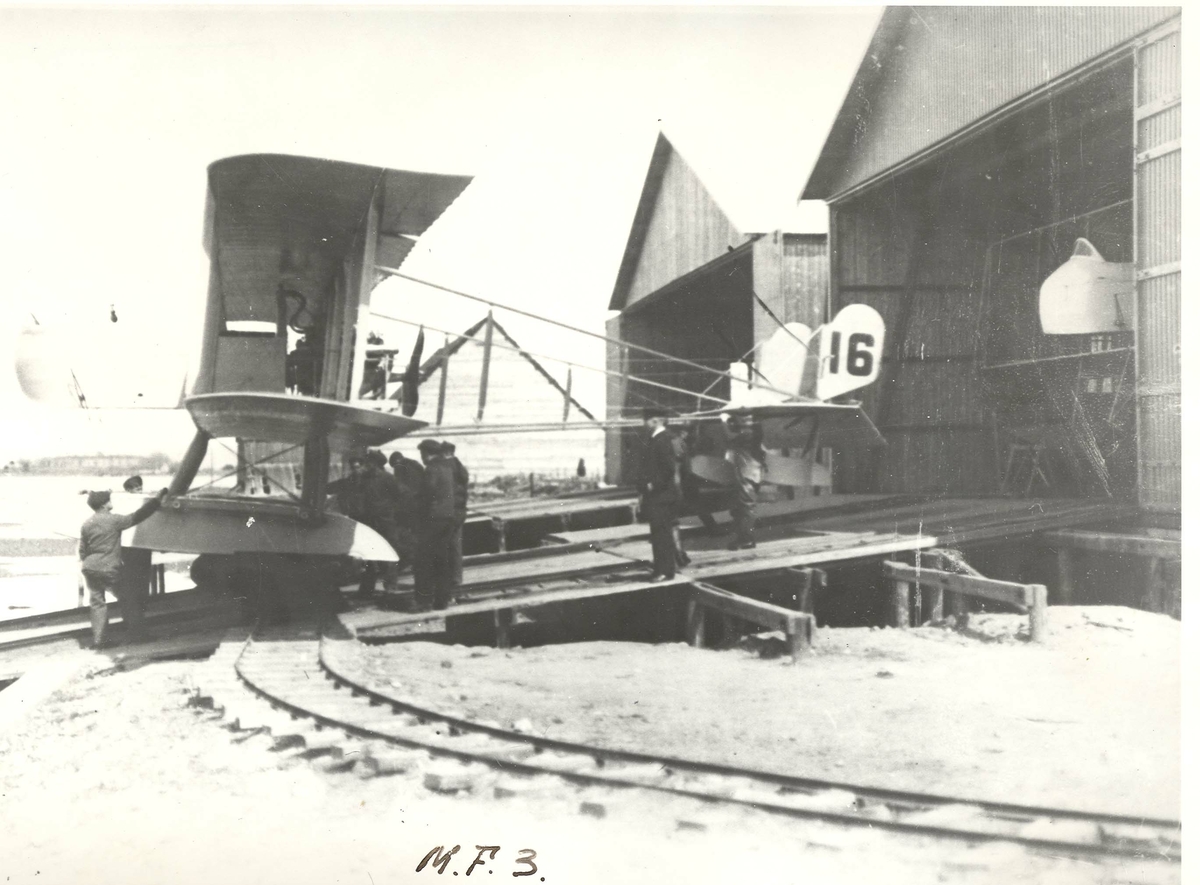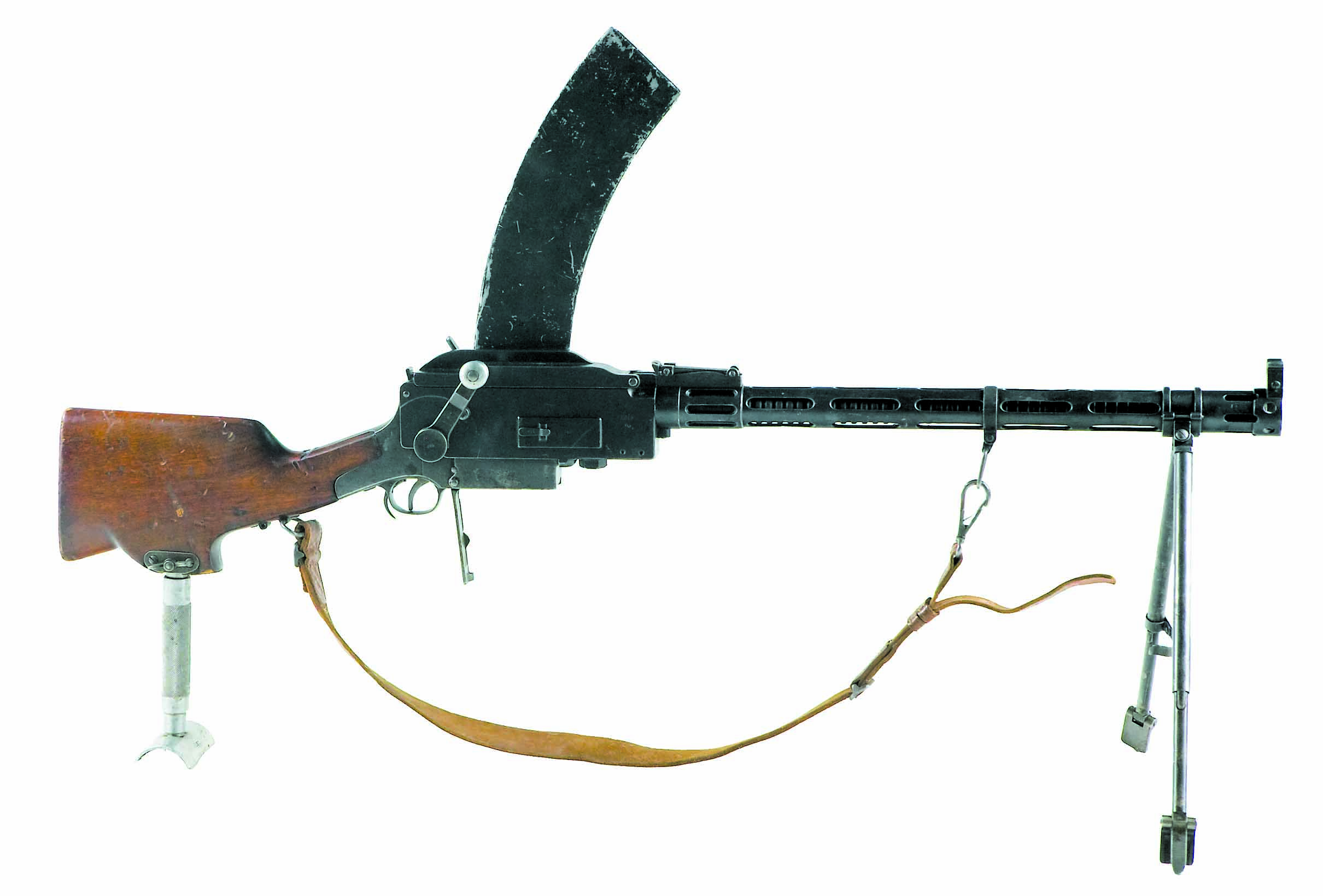
TYPE: Two seat reconnaissance biplane
AMOUNT BUILT: 4x
BUILDING SITE: Marinens Flyfabrikk, Norway
DESIGNER: Halfdan Gyth Dehl
ARMAMENT
Spoiler
Primary armament
1x 6.5x55 Madsen M/14 Machinegun

-Placement: in a pivot, nose
-Manufacturer: Danish Recoil Rifle Syndicate/Kongsberg Våpenfabrikk
-Constructor: Wilhelm Herman Oluf Madsen
-Model: Madsen M/14
-Caliber: 6.5x55
-Production period: 1914-1922
-Number produced: 704
-Serial number: 221-260, 305-444, 459-982
-Mechanism: Automatic
-Rate of fire: 500 shots per min
-Magazine capacity: 25
-Total length: 1170 mm
-Barrel length: 588 mm
-Number of grooves: 4
-Rifling: Right
-Rifle pitch: 1:200 mm
-Weight: 10200 grams
-Jaw: Walnut or beech
-Sight: Bow flap sight and open grain
Secondary armament
-1x 40 Kilogram bomb (optional)
-1x 40 Kilogram Mine (optional)
TECHNICAL DATA
Wingspan: 15.6 Meter
Length: 9.7 Meter
Height: 3.335 Meter
Eigne: 1x Curtiss C-6 6-cylinder water-cooled in-line piston engine
Power: 160–180 HP
Propellers: 4-bladed fixed-pitch wooden pusher propeller
Empty weight: 1,150 kg
Gross weight: 1,500 kg
Crew: 2x
PERFORMANCE
Maximum speed: 125 km/h
Cruise speed: 110 km/h
Range: 660 kilometer
Rate of climb: 1.85 m/s
SERIAL NUMBER,TAIL NUMBER, TIME IN SERVICE & FATE
9 – F.14 11.04.1917 - 10.02.1921 - Discarded 1921
10 - F.16 10.05.1017 - 10.02.1921 - Discarded 1921
12 - F.18 03.07.1917 - 10.02.1921 - Discarded 1921
17 - F.20 04.11.1917 - 02.10.1924 - Discarded 1924
HISTORY
The commander of the Norwegian Marine Air Force, Captain Gyth Dehlie wanted to invest in building up and starting an aircraft industry in Horten, Norway. In 1915, he had the plans for this ready, and had made a number of drawings for aircraft, among them drawings for a scout plane. This gave the newly established aircraft factory the task of building two copies, which were then given the designation “M.F.2”, an abbreviation for “Marinens Flyfabrikk”.
It turned out that the gondola on the M.F.2 aircraft became far too cramped for the crew when the armament and radio center were taken on board. Since the budgets for 1917 allowed for the construction of four reconnaissance aircraft, the Flyvebåtfabrikken started planning a new aircraft type “M.F.3” which had a larger nacelle and was somewhat more robust than the M.F.2. The aircraft was powered by an American-built 160 HP Curtiss motor which proved capable of producing a maximum of 180 HP. This meant that both carrying capacity and speed were somewhat better than expected. In the beginning, the four aircraft received the same armament as the M.F.2, but eventually the Madsen machine gun was replaced by a Lewis Machinegun in ring firing. The plane could also carry a 40 kg mine or bomb.
At this time, the Norwegian Navy consisted largely of torpedo boats, and it was decided to test the use of torpedoes on aircraft. If one removed the radio, machine gun and weight of the mine, the aircraft could lift a 320 kilo torpedo. The floats, however, were braced with crossbars, and the torpedo had to be mounted so low that it lay in the water when the aircraft was at sea. The weight and the low center of gravity also made the flying characteristics somewhat worse. The hit percentage was poor, and one concluded that the aircraft was not suitable for this service
IN GAME
I don’t know how this would work in the game, could happen if you get more fy from this time/ww1 then it would be better. Time will tell, if not it could be a suggestion for the future
ILLUSTRATION
coming soon - technical issues with IMGBB
ALBUM
Spoiler
SOURCES
Spoiler
https://www.norli.no/boker/dokumentar-og-fakta/historie-og-dokumentar/krig-og-historie/luftforsvarets-historie-fortalt-gjennom-75-gjenstander?
https://www.adlibris.com/no/bok/norske-militarfly-9788271286873?
Norsk marinehistorie : modeller som forteller - detaljert visning - Biblioteksøk
Not the best: Marinens Flyvebaatfabrikk M.F.3 – Wikipedia
- Yes
- No